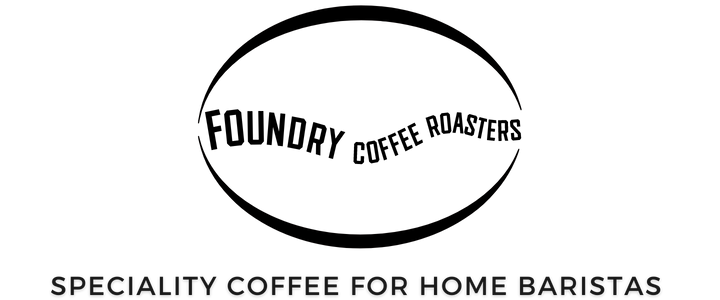-
Buy Coffee
-
Buy Other Stuff
-
Everything Else
ORDERS PLACED NOW WILL BE SHIPPED ON MONDAY 29th DECEMBER - (more info here)
October 12, 2018
One question I get asked a lot is ‘which is your best coffee?’ The answer is actually a pretty easy one, but it’s one that doesn’t necessarily help the curious customer much. So before I reveal the answer, let’s ponder the question a little bit.
At any one time, we’ll have between six and nine different beans on offer. All of which we have carefully sourced. For each of those coffees that we take on, we’ll have rejected many others — so for each of those that eventually do make the cut, there is something that we loved, something special.
Ok, so we have maybe nine coffees for you to choose from. How do you decide which one to buy? They all have different prices so the highest priced ones are the best, right? Although this makes a kind of intuitive sense, we might want to take a minute to question this assumption.
Firstly, there are basic business principles that apply to our industry and I would imagine most others too — at least ones where a raw ingredient of some kind is transformed into something special.
Our raw material is green coffee. We take green coffee and we do stuff to it. We have to figure out how to roast it so that we are showcasing the very best in flavour, it’s all about maximising the potential locked away inside that dried green coffee. I’m not going to talk about that process here but I’m asking you to accept the idea that there are costs involved in transforming the coffee from a dried agricultural seed into a delicious, brewing-ready coffee that the customer is able to enjoy.
Of course, even when we are happy that we have developed a roast profile that does the best possible job, there are all the costs associated with production to consider — gas, electricity, packaging and wages for employees, to name but a few. On top of that, we need to make a profit if we’re going to have a sustainable business.
So, our basic pricing structure is going to look something like this:
Cost of green coffee + roast development costs + production costs + profit = retail price.
Now this is not a post about business but it’s worth mentioning that whilst there is some variability in our roast development process sometimes, our expenses remain fairly stable; or at least they don’t change depending on the coffee that we are roasting, which means that the part of our little equation that changes the most is the cost of the green coffee itself.
The best green coffee costs more right? — well, yes and no.
So, within a specific marketplace, we might expect this assumption to hold true. If we have a hundred different growers in Tanzania offering up their beans at auction, it stands to reason that the better coffee will end up being sold for a higher price.
However, we aren’t just operating in one marketplace, or one country, or even one continent for that matter. Let’s look at a couple of quick examples of how factors other than straight up quality may affect the price paid for green coffee.
Example 1 — The Kenyan coffee harvest in 2017.
In 2017, we found it much harder than usual to find great coffee from Kenya — definitely not a problem we’ve encountered in previous years and yet in 2017 we found ourselves paying the highest prices to date.
You can read more about the reasons for this here if you’re interested but in short, unhelpful weather conditions resulted in lower yields, a drop in quality and a relative scarcity of the best lots. The bottom line? — coffee that is both more expensive and not as good as it was in the previous year.
Example 2 — Costa Rican coffee.
Costa Rica is one of the few coffee producing countries where workers involved in the cultivation and harvesting of coffee benefit (along with everyone else in the country) from a rigorously enforced national minimum wage policy. This has a big effect on labour costs and consequently the coffee is more expensive. So, take a coffee from Guatemala that scores eighty-eight and put it on the cupping table next to an eighty-eight scoring coffee from Costa Rica and you may struggle to see much difference — indeed both coffees have been judged to be of a similar quality. One thing is for sure though — the coffee from Costa Rica will almost certainly be significantly more expensive.
Don’t get me wrong, I’d happily support the adoption of minimum wage policies in all coffee producing countries but we’re just trying to make a point here — coffee quality and coffee prices aren’t always linked in a linear fashion. In fact, in our experience, they rarely are.
In the beginning, I promised you an easy answer and here it is. The best coffee is always the one that you enjoy the most. So, my advice to you is pretty simple. Make sure your beans are fresh, buy from a roaster with a reputation for quality and once you’ve found coffee you love, don’t listen to anyone who tells you that their more expensive coffee is ‘better’ than yours.
